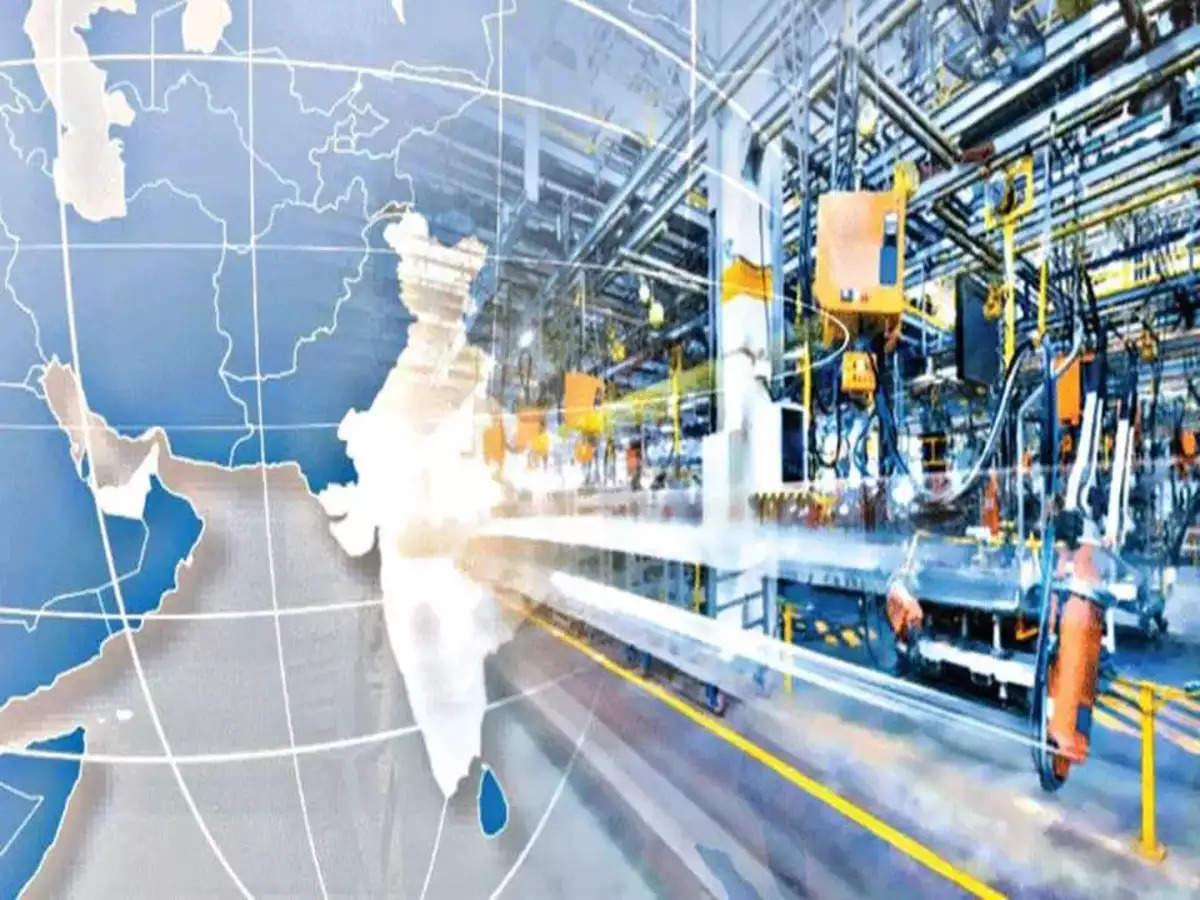[ad_1]

India’s manufacturing sector kicked off the year on a strong note, with the Purchasing Managers’ Index (PMI) climbing to 57.7 in January from 56.4 in December. This growth was largely driven by exports, which saw their fastest expansion in nearly 14 years, according to a report by HSBC.
Surge in Orders and Production
New orders accelerated at their quickest pace since July of the previous year, contributing to increased purchasing activity and record job creation. International demand for Indian goods remained strong, with businesses reporting higher export orders from various global markets. This surge in overseas demand resulted in a significant rise in production, marking the fastest output expansion since October 2024.
Job Market Strengthens
Buoyed by rising sales and positive business sentiment, manufacturers expanded their workforce at an unprecedented rate.
Employment growth in the sector reached its highest level in nearly two decades, reflecting increased hiring activity at the start of the fourth fiscal quarter.
Easing Inflationary Pressures
While input costs continued to rise—mainly due to higher expenses on freight, labor, and materials—the overall rate of inflation remained moderate. The increase in selling prices was the slowest in four months, though still above the long-term average. Businesses cited strong customer demand as a key factor supporting price hikes.Pranjul Bhandari, Chief India Economist at HSBC, commented on the January PMI, stating, “Both domestic and export demand remained robust, driving new orders growth. Employment in the manufacturing sector saw its sharpest rise since data collection began. Additionally, input cost inflation eased for the second consecutive month, reducing pressure on manufacturers to raise output prices.”
Overall, the Indian manufacturing sector demonstrated resilience and momentum in early 2025, backed by strong demand, increased production, and sustained job creation.
Movement of Manufacturing PMI in FY25
[ad_2]
Source link




